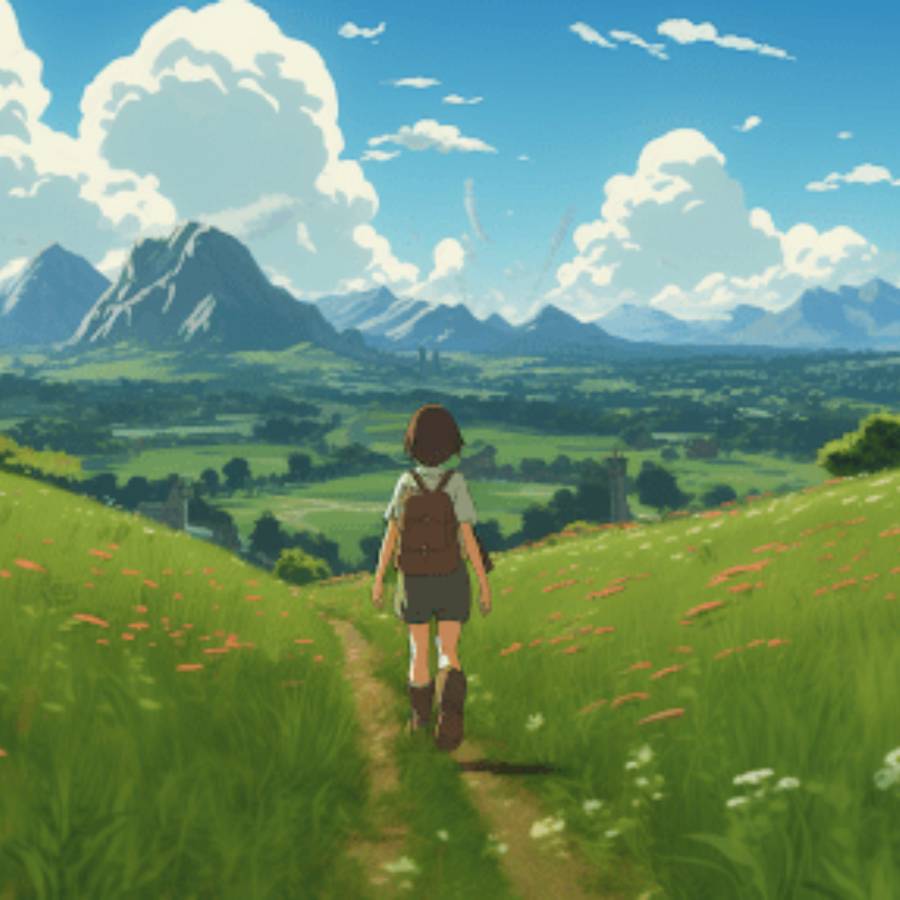In a world demanding specialisation, STEM fields seem distant from creative endeavours. You might feel like a choice needs to be made between the two. However, art and STEM are not mutually exclusive!
I have always loved art and science. At A-Level I did Biology, Chemistry, Maths, and Fine Art. I blended aspirin in chemistry and painted landscapes in Studio Ghibli style in the art classroom. I was frustrated that I would have to give up my artistic side when I chose a university degree and career in STEM. But I was wrong. My artistic creativity helped me navigate my uni degree and find my career passion! Reflecting on my STEM career canvas, here is some advice I would give.
Recognise the synergy
Art and STEM may seem like distant worlds, but in reality, they’re connected. Creativity is the common thread that weaves through both realms. Art is not limited to painting on canvas or sculptures; it has various forms. These include digital art, design, storytelling, and creative problem-solving. These skills are valuable in STEM fields. My artistic creativity and experiences have been the highlights of my STEM canvas. Without them, I wouldn’t have been able to create my dissertation presentation on findings related to Alzheimer’s disease. I also wouldn’t have created biotech social media posts or designed a website. My experiences in art have proven to be invaluable in my scientific endeavours!
Explore opportunities
STEM programs are becoming more diverse and interdisciplinary, creating a bridge between art and STEM. For instance, in a STEM summer camp, you may be required to create a pitch deck to showcase your tech product. Similarly, in a STEM competition, you may need to build a website to present your project and journey. Furthermore, in a STEM student society, you might have to take up science communication roles to convey their vision and mission and advertise the fun activities they have planned for students. Keep an eye out for opportunities that align with your interests. Once you find them, commit to making the most of them and reflect on the knowledge and skills you acquire from them!
Identify your strengths
Recognising the correlation between art and STEM can lead you to explore how your artistic abilities can benefit your STEM field. To start, identify your strengths and skills gained through art, such as creative writing, graphic design, performance art, or music. Consider the skills you have developed through these experiences and how you can apply them to your STEM field. Below are some ideas to help you get started!
A few ideas!
- STEAM communication. If you excel at storytelling, consider a career in science communication! Through writing articles and creating videos, and podcasts, you can convey complex ideas clearly and engagingly!
- Digital Art and Graphic Design. If you enjoy creating visually appealing designs, consider exploring fields like graphic design, user experience (UX) design, and animation.
- Fashion and Technology. Are you passionate about fashion? Combine it with technology! You can explore creating garments integrated with sensors, experimenting with sustainable materials, and even 3D printing! For example, bras integrated with sensors can detect breast cancer, and bacteria can be engineered to produce sustainable dyes!
- Architecture and Engineering. For those who love spatial design and constructing things, architecture, urban planning, and engineering are perfect fits. Architects and engineers use creativity and problem-solving skills to design innovative and sustainable structures and systems. You can design carbon-negative buildings and plan for more inclusive city structures for all!
- Games and VR. If you enjoy creating immersive worlds and interactive experiences, explore game development or VR technologies. These fields rely heavily on artistic creativity to design characters, environments, and engaging narratives.
- Art community engagement. Do you enjoy fine arts and creative expressions? Why not try incorporating them in art therapies and community engagement workshops to improve well-being and strengthen connections with people?
Final words
Finally, if you have a passion for both art and STEM, you take pride in your generalist mindset! This means that you have a diverse range of interests and perspectives, which can be very beneficial in today’s world. Researchers with varied backgrounds were found to produce more reliable breakthroughs in their labs, especially when unexpected challenges arise.
As a piece of advice to my younger self in A-Level, I would say that you don’t have to choose between specialising in art or science. You can leverage your artistic abilities to navigate through your STEM fields. After all, the world requires individuals with varied interests to tackle its most complex problems.
This article was written by Angela. Angela holds a Bachelor’s degree in Neuroscience from King’s College London. She is a curious scientist and creative communicator with a strong interest in human cognition and behaviour. During her time at the university, she gained experience in solving global issues using biotechnology and synthetic biology, as well as advocating for women in STEAM. Currently, Angela is working as a graduate trainee at Wellcome Trust. She is passionate about enabling accessible science education and strives to communicate scientific concepts clearly and creatively to the audience that needs it. Connect with Angela on LinkedIn here >>





